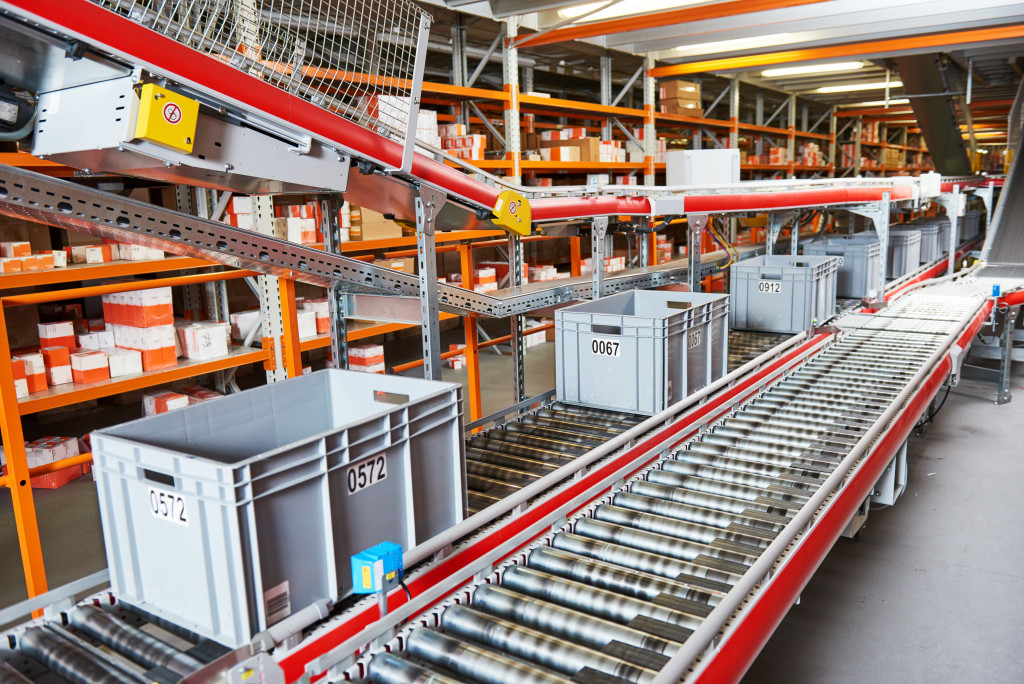Nearly two years into the pandemic, the supply chain is going back to normal. However, delays are still rampant. Demands went up while supplies went low, increasing shipping costs as a result.
The impact on freight rates in developing regions has been the greatest. Shipping costs to South Africa and western Africa are higher than to any other major trade region. For instance, shipping from China to South America spiked to 443%. In comparison, shipping to routes between Asia and North America’s eastern coast only rose to 63%.
Of course, the distance between China and South America is a factor in the high rates. In addition, South American and western African regions import more than they export. As such, they lack return cargo, which also drives their shipping rates up.
Developed countries, including Singapore, weren’t spared the rising costs either. But between businesses and consumers, the rates have been controlled. Enterprise Singapore (SG) released The Food Delivery Booster Package, subsidizing part of businesses’ delivery costs. They also introduced an E-commerce Booster Package, which will help local retailers extend their reach online.
If you have a business in Singapore, you can rest assured that your shipping costs can stay controlled. However, you won’t be invincible to the increasing freight forwarding costs if you’re importing goods. Below are some ways for your business to reduce those costs:
1. Partner With Only One Trusted Courier
Many small businesses partner with multiple couriers. While that strategy allows you to have more than one option, which can help reduce costs at times, you’re missing one benefit. That is, offering more workload to a single courier, resulting in lower costs.
It works like buying wholesale goods. The higher the volume of your orders, the lower the purchase price will be. Hence, reduce your couriers, choosing only the best. Singapore Delivery Services is a good example of a trusted courier. They can work with you throughout the whole process of shipping, from booking to warehouse transport to deliveries to customers. With a courier like them, you can seize the benefit of paying lower because your courier takes the bulk of the work. You may even negotiate their rates once you form a stable partnership.
2. Adopt Alternative Delivery Methods
If you normally offer door-to-door deliveries to your customers, consider some alternative methods. Tried-and-true alternatives include curbside pickup and pick up in-store. These delivery methods are already popular before the pandemic. It won’t be as risky for the health since social distancing is still possible during a pickup.
Using third-party delivery apps, like Grab Singapore, is a smart alternative too. Grab Singapore will be extending commission rebates for eligible merchants. If you operate in hawker centers managed by the National Environmental Agency, you can enjoy a full commission rebate on all orders.

3. Consolidate Shipments
Be it for your freight or customer orders, consolidate your shipments to negotiate shipping rates better. Consolidating shipments allows couriers to make fewer trips with more load. As a result, they can charge you less.
In this strategy, you’ll move away from less than truckload (LTL) shipments to truckload (TL) shipments. This movement isn’t possible in some businesses, though. Still, given the discounts automatically available for larger shipments, the consolidation approach will surely result in lower costs.
4. Focus on Developing an E-commerce Business Model
E-commerce is booming in Singapore. As the country develops its 5G infrastructures, about 50% of Singapore will have 5G coverage in two years. By 2025, there will be two nationwide 5G networks. This means more people will have access to e-commerce. In turn, the capacity of handling large e-commerce orders will increase.
The more e-commerce shipments are there, the cheaper the costs of transporting them will be. Hence, optimize your e-commerce model to take advantage of Singapore’s goal toward 5G connectivity.
5. Use a Single Source For All Transportation
Using a single source for all transportation also results in best-negotiated rates. Offer all transportation out to bid, and carefully evaluate each bidder’s ability to provide service. Consider whether the transport isn’t likely to go bankrupt within the timeline of your contract. If the winning bidder is guaranteed to fulfill your shipping needs and is stable enough to stay in business, you can gain significant savings from using their transport.
The increased shipping costs will stay as the pandemic drags on. Hence, instead of waiting for things to go back to normal, adapt and reduce your shipping costs now. Also, help end the pandemic by having all your staff vaccinated and promoting the vaccines. The world needs the cooperation of both individuals and businesses to end the pandemic soon and bring back trade prices to more manageable levels.

